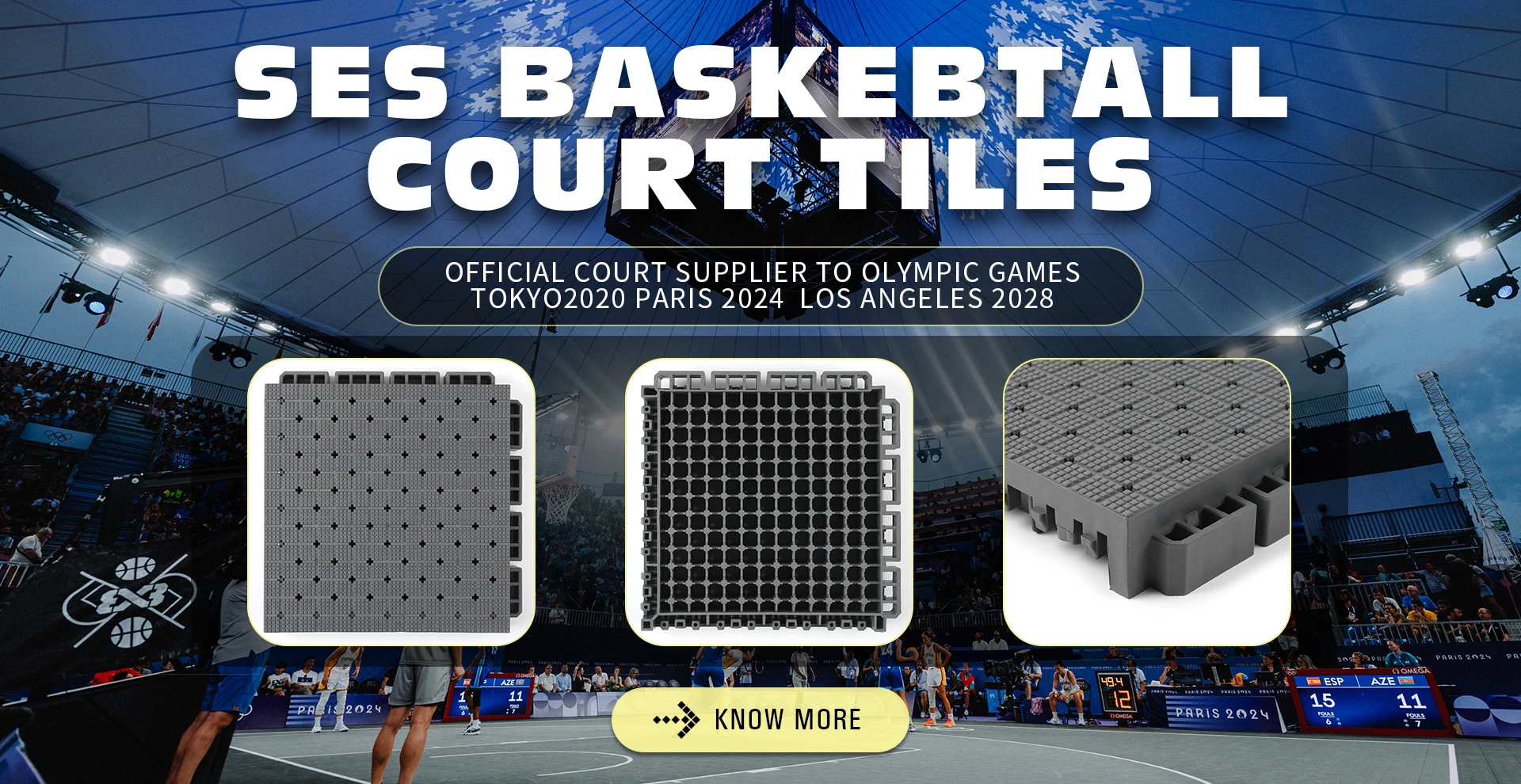Nov . 12, 2024 17:48 Back to list
playground mat material
The Importance of Choosing the Right Playground Mat Material
Playgrounds are essential spaces for children, providing them with opportunities to engage in physical activity, social interaction, and imaginative play. However, ensuring that playgrounds are safe and conducive to such activities requires careful consideration of the materials used in their construction, particularly when it comes to playground mats. Playground mat materials play a crucial role in cushioning falls, reducing injuries, and enhancing overall play experiences. In this article, we will explore the various playground mat materials available, their benefits, and important factors to consider when selecting the right mat for a playground.
Common Playground Mat Materials
1. Rubber Mats One of the most popular materials for playground surfaces is rubber. Available in interlocking tiles or poured-in-place formats, rubber mats provide excellent shock absorption, making them ideal for high-impact play areas. They are durable, weather-resistant, and come in various colors and designs, allowing for creative customization. Additionally, rubber mats are easy to clean and maintain, making them a practical choice for parents and playground administrators alike.
2. Foam Mats Foam playground mats offer another cushioned option, typically made from high-density foam. These mats are lightweight, portable, and relatively inexpensive. While they provide excellent fall protection, they may need to be replaced more frequently than rubber due to wear and tear. Foam mats are best suited for low-impact areas, such as preschool playgrounds or indoor play areas, where safety is essential, but the risk of falls is relatively low.
3. Artificial Turf While not a traditional mat, artificial turf can serve as a playground surface, providing a grass-like appearance and feel. When combined with a shock-absorbing layer underneath, artificial turf can provide a relatively safe play area. It is ideal for multi-functional spaces where children can engage in both active play and imaginative activities. However, care must be taken to ensure that the infill materials used are non-toxic and do not pose health risks to children.
4. Cork Mats Cork is an organic material renowned for its eco-friendliness and natural cushioning properties. Cork mats can effectively reduce impact and are resistant to moisture and mold, making them suitable for outdoor environments. This material also provides a unique aesthetic appeal, promoting a closer connection to nature. Nevertheless, cork may not offer the same durability as other options, so it may require more frequent replacement.
5. Sand and Wood Chips Traditional options like sand, wood chips, and mulch have been long-time favorites for playground surfacing. These materials provide a soft landing for children and are generally less expensive than synthetic options. However, they require regular maintenance to ensure a safe play environment, as they can become uneven over time and may harbor insects or allergens.
Factors to Consider When Choosing Playground Mat Material
playground mat material

When selecting the right playground mat material, several factors should be considered
- Safety Standards Ensure that the material meets safety guidelines set by organizations such as the American Society for Testing and Materials (ASTM) and the Consumer Product Safety Commission (CPSC).
- Age Appropriateness The choice of mat should align with the age group that will be using the playground. For instance, preschool children may benefit more from softer, padded surfaces than older children.
- Maintenance Requirements Consider the long-term maintenance needs of the chosen material. Some materials, like rubber, may require less frequent upkeep than others, like sand or wood chips.
- Environmental Impact As sustainability becomes an increasingly important consideration, choose materials that are environmentally friendly and made from recycled or natural sources.
- Budget Finally, evaluate your budget. While some materials may have a higher upfront cost, their durability could lead to greater cost savings over time.
Conclusion
Choosing the right playground mat material is vital for creating safe and enjoyable spaces for children to play. By understanding the different types of materials available and considering safety standards, maintenance requirements, and budget, playground designers and administrators can enhance the play experience while ensuring the protection of children. Investing in high-quality playground mat materials is not just a smart decision—it's a commitment to the well-being of future generations.
-
Premium Oval Running Track Solutions | Durable & Versatile
NewsJul.22,2025
-
Durable Sport Court Tiles for Pickleball & Multi-Use | Buy Now
NewsJul.21,2025
-
SES Battle II: Durable All-Weather Outdoor Basketball Court for Pros
NewsJul.21,2025
-
SmartAgri Solutions-Smart Technology|Precision Irrigation&AI-Driven Crop Monitoring
NewsJul.12,2025
-
Outdoor Pickleball Tape for Durable & Weatherproof Court Marking Easy Apply Outdoor Court Tape Solutions
NewsJul.08,2025
-
Best Outdoor Court Shoes for Pickleball – Durable, Comfortable & Non-Slip Performance
NewsJul.08,2025

